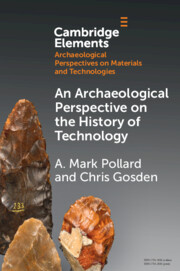Element contents
An Archaeological Perspective on the History of Technology
Published online by Cambridge University Press: 02 February 2023
Summary
- Type
- Element
- Information
- Online ISBN: 9781009184205Publisher: Cambridge University PressPrint publication: 23 February 2023
References
- 2
- Cited by

